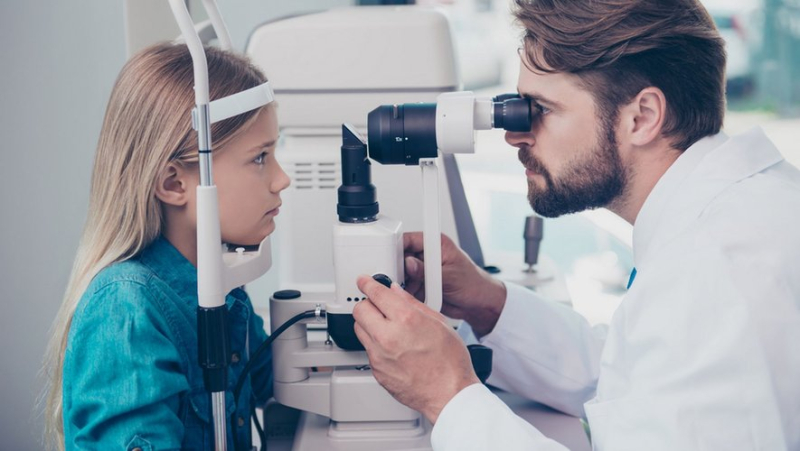Children and young people increasingly affected: myopia is gaining ground but parents are not sufficiently informed

Myopie : 1 enfant sur 3 touché… et des parents pas assez informés
Une récente étude publiée dans le British Journal of Ophthalmology révèle une augmentation alarmante chez les enfants et adolescents à l'échelle mondiale. Une situation qui, semble-t-il, n’est pas assez prise au sérieux par les parents.
Clear vision up close and blurry vision from a distance. Myopia remains the most common visual disorder. And its prevalence is only increasing among younger people.
Researchers from Sun Yat-sen University in China explain that the global prevalence of myopia cases in children and adolescents increased from 24% between 1990 and 2000 to 36% in 2020-2023, or about 1 in 3 children or adolescents. According to these scientists, the number of young people affected could reach 740 million cases worldwide by 2050.
Covid, a factor in myopia ?
Several factors seem to influence this upward trend, such as gender (girls are more affected than boys) or urbanization (urban areas are more affected than rural areas).
In addition, the Covid-19 pandemic may have played a role in the sharp increase observed after 2020, the researchers suggest.
"New evidence suggests a potential association between the pandemic and accelerated vision deterioration in young adults", they write.
How the recognize ?
The good news behind this observation is that myopia can be slowed down and corrected. There are two conditions for this: detecting it early and implementing corrective measures while changing a few bad habits.
It would still be necessary to identify the telltale signs. Because according to the results of a study conducted by Ipsos on behalf of the Essilor company, “35% of French parents do not know the correct definition of myopia and 63% have never heard of solutions to slow its progression.”
So how do you recognize myopia ? Several symptoms are telltale:
your child squints in front of the television; he looks very closely at the objects he holds in his hand; in class, he needs to sit in the front row to see what is written on the board; he often has a headache at the end of the day.
The right actions to take
Furthermore, nowadays, children tend to become myopic at a younger age than before, due to our environment and lifestyles: lack of exposure to natural light, increased indoor activities and high demand for near vision. Simple actions can help prevent myopia:
Limit screen use
Screens can promote the development of so-called "behavioral" myopia. It is crucial to limit the time spent in front of smartphones, tablets and computers, especially in poorly lit environments. For toddlers, it is recommended to avoid all screen time until age 3.
Adopt the 20-20-20 Rule
For those who work or study on screens for long periods of time, breaks are essential. The 20-20-20 rule is a great way to relieve your eyes. Every 20 minutes, take a 20-second break by looking at something 20 feet away.
Don't neglect outdoor activities
Natural light plays a vital role in healthy eye development. Encourage children to spend time outdoors, whether it's playing, playing sports, or just going for a walk. Studies have shown that outdoor activities significantly reduce the risk of myopia in young people.




